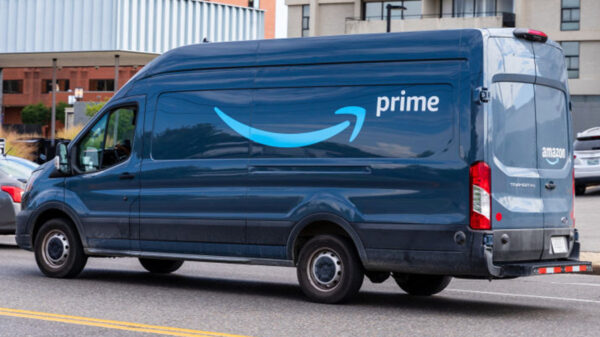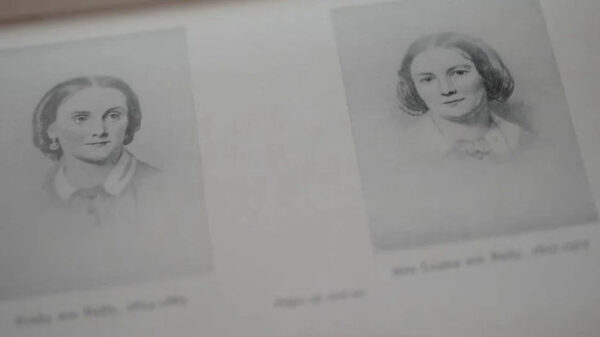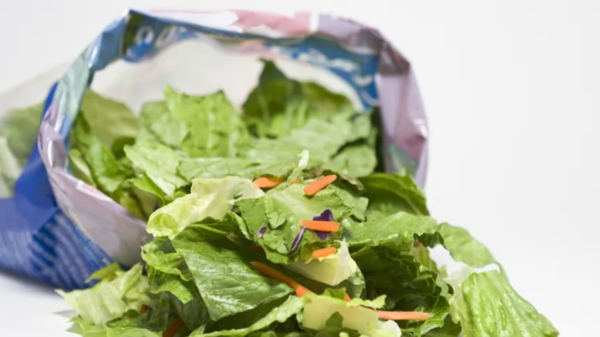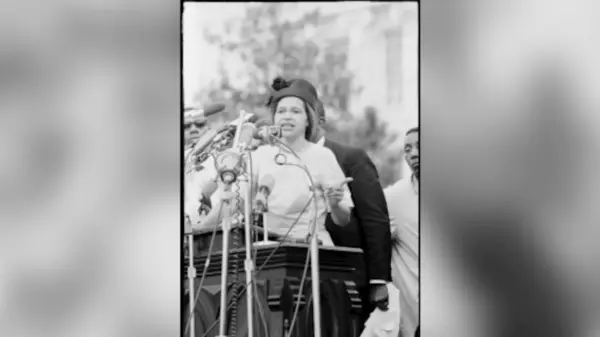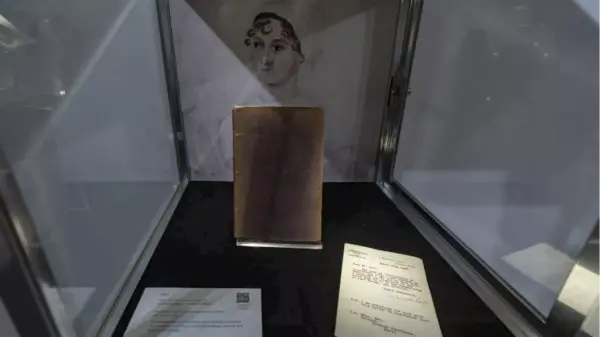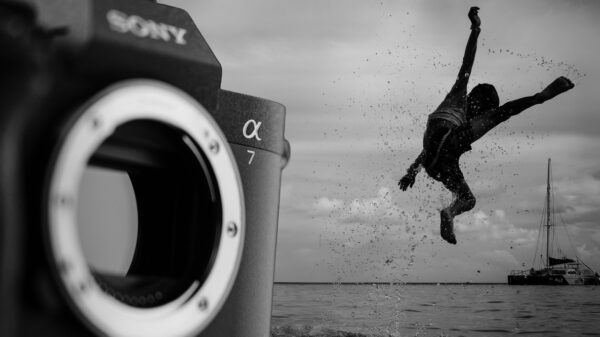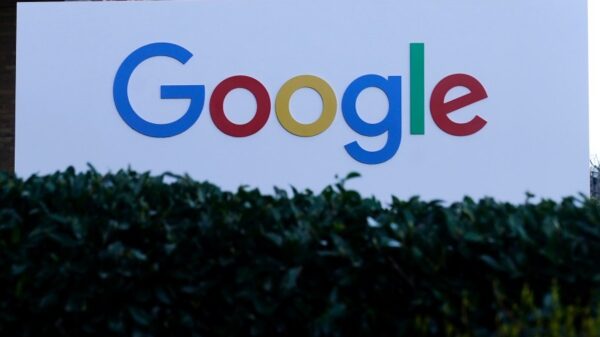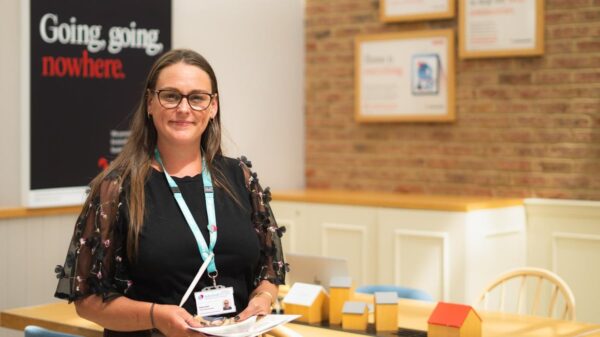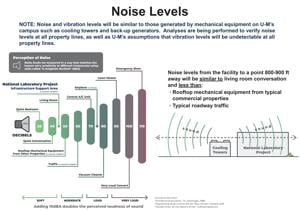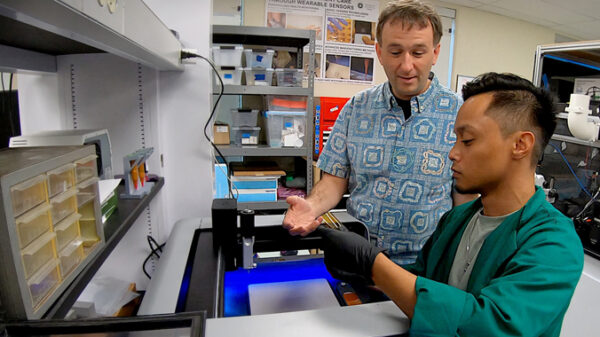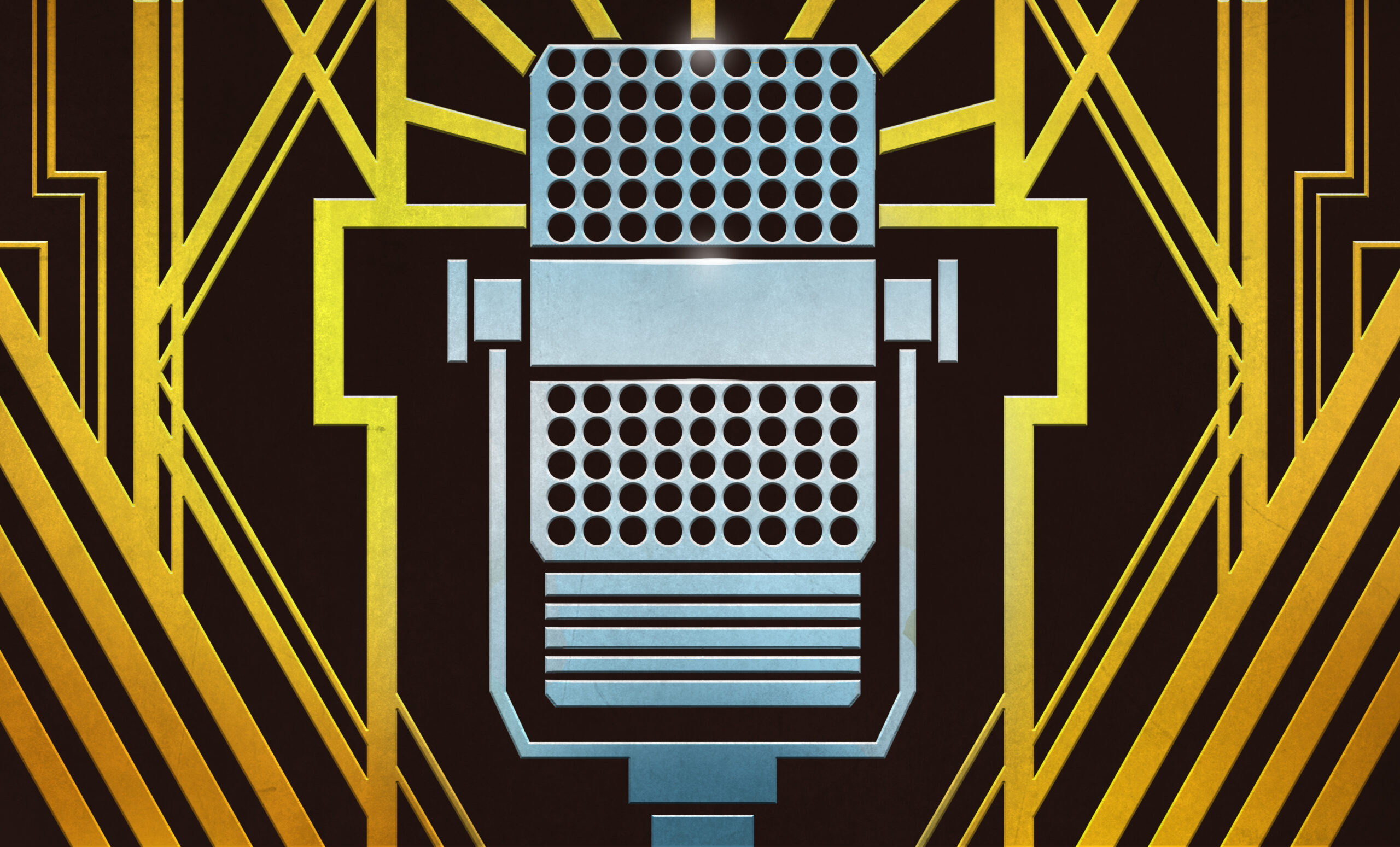The latest episode of the Hackaday Podcast, hosted by **Elliot Williams** and **Kristina Panos**, features a variety of tech topics, exciting challenges, and notable innovations. In Episode 333, the hosts discuss the upcoming **Supercon 2025**, emphasize the urgency of the **One Hertz Challenge**, and reflect on the end of an era as **AOL** discontinues its dial-up service.
Listeners can now purchase tickets for **Supercon 2025**, an event that promises to bring together enthusiasts and innovators in the hardware and software communities. The hosts encourage fans to secure their tickets while they last, as interest in the event continues to grow.
The **One Hertz Challenge**, which invites participants to submit creative projects, is nearing its deadline. Contestants have until **August 19, 2025**, to showcase their innovative ideas on **Hackaday.IO**. This challenge emphasizes the importance of creativity in technology and provides a platform for individuals to demonstrate their skills.
In a nostalgic turn, the podcast also marks the discontinuation of AOL’s dial-up service, a technology that has been a staple for internet access for many years. The hosts discuss the significance of this change in the context of modern technology and communication.
Listeners can also engage with the segment titled “What’s That Sound,” where Kristina offers clues to identify a mystery sound. Participants have the chance to win a limited edition Hackaday Podcast t-shirt by correctly guessing the sound, enhancing audience interaction with the show.
As the episode transitions into the highlight of the week, the hosts delve into various innovative hacks. One intriguing project features a talking robot that utilizes **typewriter technology** to simulate mouth movement. This creative solution showcases the blend of vintage technology with modern robotics.
Another notable project discussed is the hacking of printed circuit boards (PCBs) to create casing and instrument panels for a **PDP-1 replica**. This initiative not only demonstrates technical skill but also pays homage to historical computing technology.
The episode also features a fluid simulation business card, which illustrates innovative marketing techniques. Additionally, a caliper shootout is discussed, where different calipers are compared based on functionality and value, offering insights into tool selection for tech enthusiasts.
Listeners are treated to a unique exploration of smartphone technology as the hosts discuss the limitations of hackability in modern devices. Despite the popularity of smartphones, the conversation highlights why they may not be the best candidates for hacking compared to earlier technologies.
The podcast wraps up with discussions around the world’s first podcaster, emphasizing the evolution of audio content and its impact on media today.
For those interested in following along with the episode, Hackaday Podcast can be accessed on various platforms, including **iTunes**, **Spotify**, and **YouTube**.
As always, feedback from the audience is welcomed, encouraging a community of engagement and shared interests in technology and innovation.



